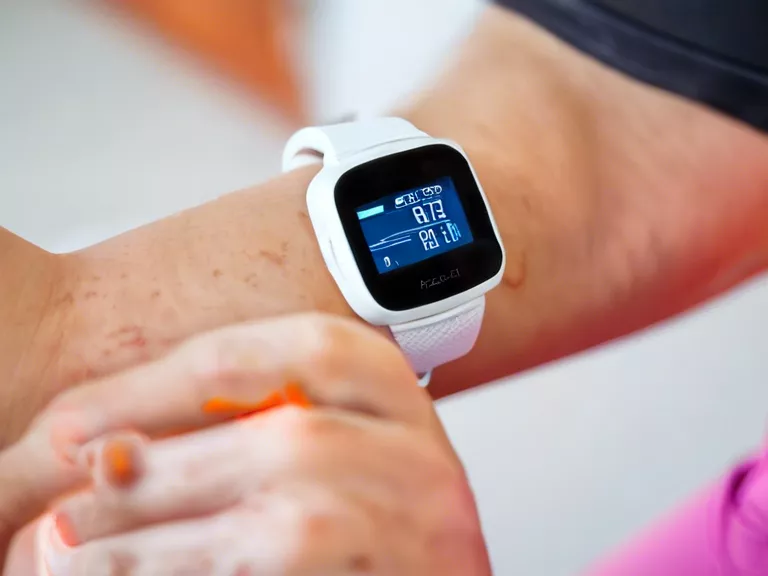
Fitness trackers have become increasingly popular in recent years as a tool to monitor various aspects of your health and fitness. One of the key features of most fitness trackers is the ability to track your heart rate and calorie burn during physical activity. Understanding how to use these features effectively can help you better reach your fitness goals. Here's how to use fitness trackers to monitor your heart rate and calorie burn:
Wear your fitness tracker correctly: Make sure to wear your fitness tracker snugly on your wrist or around your chest, depending on the type of tracker you have. This will ensure accurate readings of your heart rate during exercise.
Understand your heart rate zones: Most fitness trackers will categorize your heart rate into different zones, such as resting, fat burn, cardio, and peak. Knowing your heart rate zones can help you optimize your workouts for maximum results.
Monitor your heart rate during exercise: Keep an eye on your heart rate during physical activity to ensure you are working out at the right intensity level. This can help prevent overexertion and injury while still challenging your body.
Track your calorie burn: Many fitness trackers also provide an estimate of the number of calories you burn during exercise based on your heart rate and activity level. Use this information to guide your diet and exercise routine for weight loss or maintenance.
Use the data to adjust your workouts: Reviewing the data collected by your fitness tracker can help you identify patterns and make changes to your fitness routine as needed. If you notice your heart rate is consistently too high or too low during certain activities, adjust your intensity levels accordingly.
By utilizing the heart rate monitoring and calorie tracking features of your fitness tracker, you can gain valuable insights into your fitness progress and make informed decisions about your health and wellness journey.



